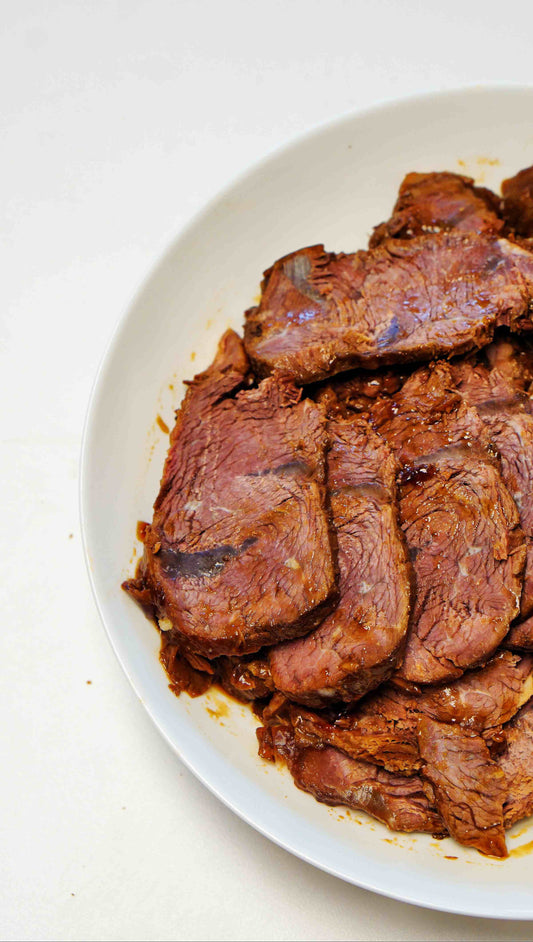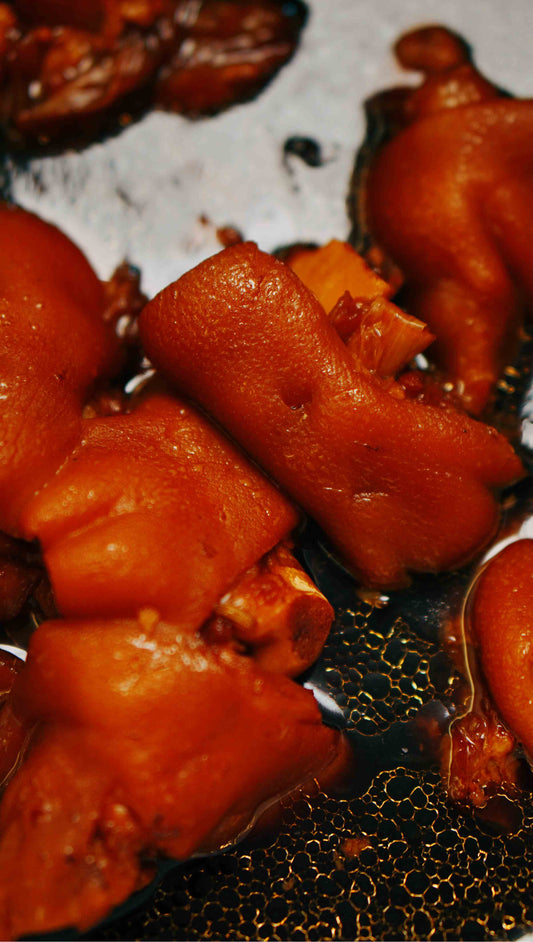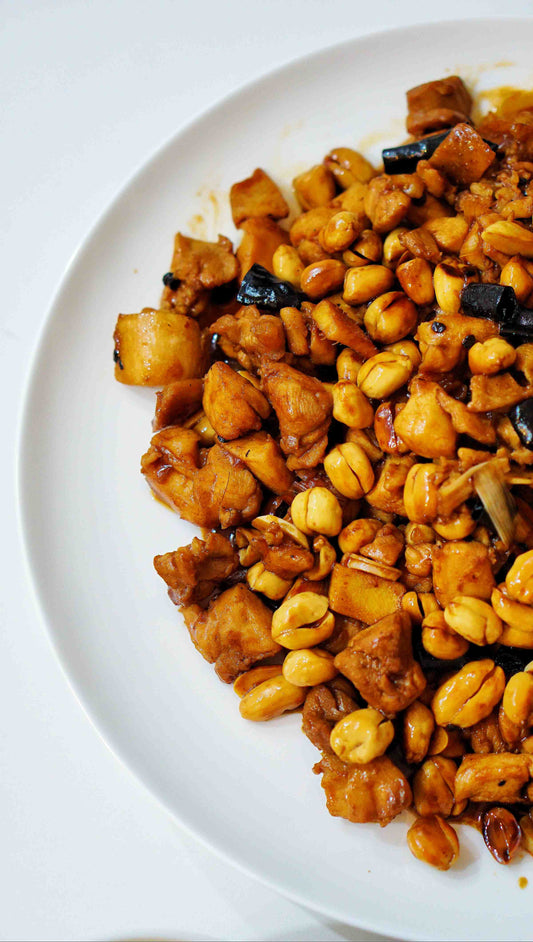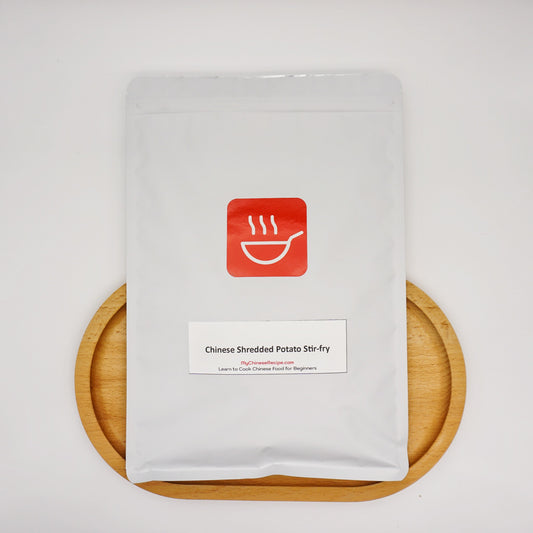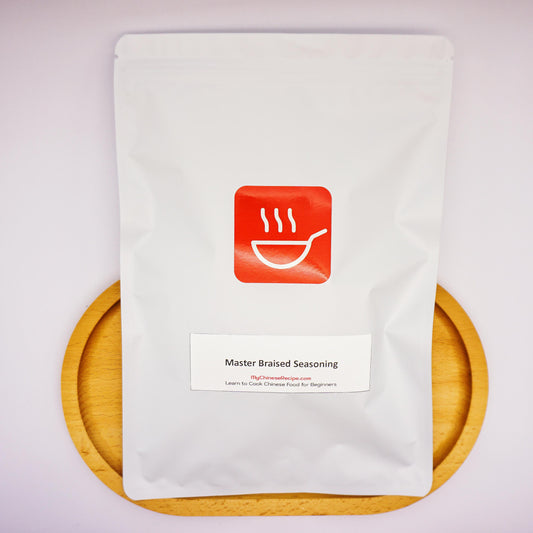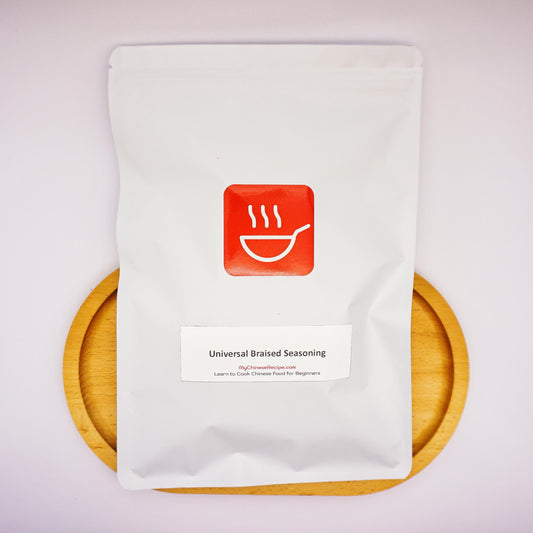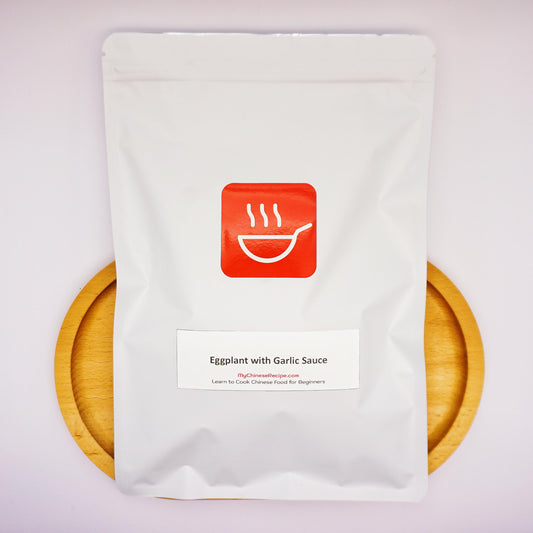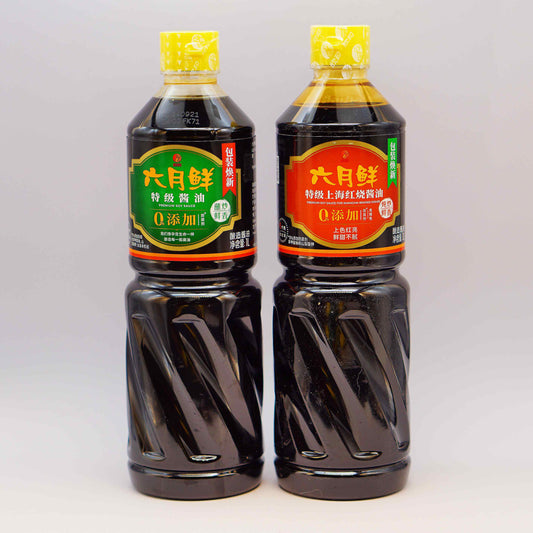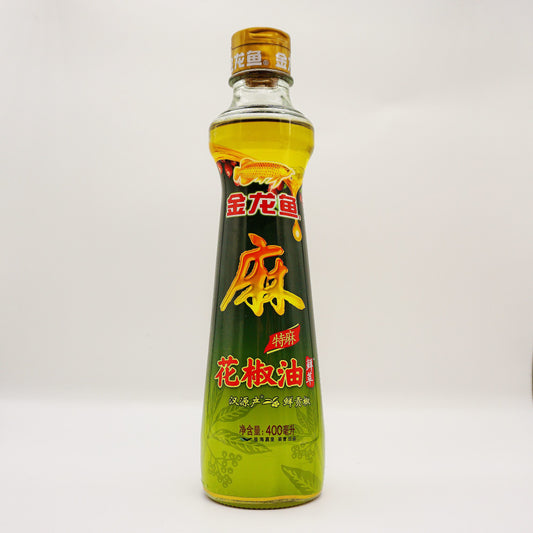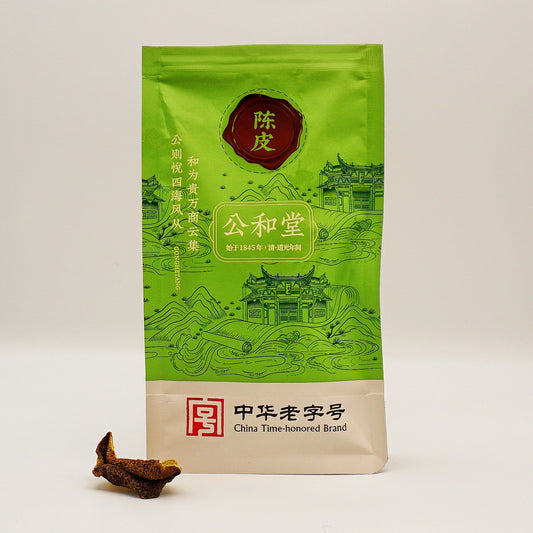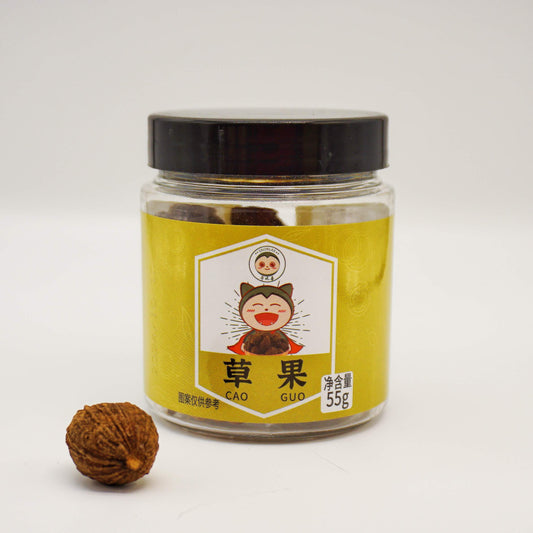
My Chinese Recipe Menu
- How I Feel About This Shanghai Sweet and Sour Ribs
- Story Behind Shanghai Sweet and Sour Ribs
- Original Name
- Cooking Tips
- Cooking Time
- Ingredients to Make Shanghai Sweet and Sour Ribs
- Food
- Seasonings
- How to Make Shanghai Sweet and Sour Ribs
- Preparation
- Cooking
How I Feel About This Shanghai Sweet and Sour Ribs
This is one of my favorite Shanghai cuisine and I am a Shanghainese. I love its sour taste the most. When it is combined with sweet, it's just so amazing.
My Dad was the first one who brought this sweet and sour ribs to me. But our family didn't cook it a lot because of its sweetness. I sometimes cook for my friends and they just love this Shanghai local cuisine, sweet and sour ribs.

Story Behind the Sweet and Sour Ribs
One day, in Wuxi's restaurant known for having the best meat ribs, a ragged monk, shaking a tattered palm-leaf fan, came to beg for alms. The stingy shopkeeper, not wanting to give anything, handed over a large piece of meat-covered bone, thinking a monk wouldn’t eat meat. To his surprise, the monk accepted it and started gnawing on it, finishing it in a few bites, and asked for more. This monk was Ji Gong, a famous monk character in TV drama in 1985.
The shopkeeper, feeling reluctant, didn't want to give any more. Ji Gong said, "I won’t let a kind-hearted person like you suffer a loss." He rubbed a mud ball off his body, tore off a piece of his broken palm-leaf fan, threaded it through the mud ball, and threw it into the pot where the meat bones were being cooked when the shopkeeper wasn’t looking, then left. The next day, early in the morning, the shopkeeper opened the big pot to simmer the meat and was astonished to find the pot full of ribs exuding an enticing aroma. The unprecedented sweet and sour smell made his mouth water. Remembering the monk’s promise from the previous day, he realized it was a blessing from the virtuous monk. From then on, he followed that flavor, creating sweet and sour ribs, which soon became famous worldwide.
Original Name
- Translated English Name: Shanghai Sweet and Sour Ribs
- Original Chinese Pronunciation: Shanghai Tang Cu Xiao Pai 老上海糖醋排骨
Note: You may use the Chinese name to order in China because the translated English name of the dishes might be different in every restaurant.
Cooking Tips
- Usually, we use pork spare ribs instead of baby back ribs to cook sweet and sour ribs. The spare rib is closer to the belly which would be fat and lean. That would make the rib juicy and soft after cooking.
- If the oil splashes, you may turn down the heat or move the pan. Ensure no water goes into the oil because that's where the splashes come from.
Cooking Time
Prep Time: 10 mins
Cook Time: 80 mins
Total Time: 90 mins
Ingredients to Make Shanghai Sweet and Sour Ribs
Serving: 2
Food
Pork Spare Ribs — 500g/17.6oz
Ginger — 3 slices
Garlic — 5 cloves
Rock Sugar — 50g/1.8oz
Seasonings
Oil — 3 tablespoons
Black Vinegar — 3 tablespoons *2
Salt — 1/2 teaspoon
White Pepper Powder — 1 teaspoon
Toasted Sesame Seeds — 1 teaspoon
How to Cook Shanghai Sweet and Sour Ribs
Preparation
1. Cut pork spare ribs into 4-5cm length pieces and rinse. That would be the ideal rib size for sweet and sour ribs.
2. Wash, peel and cut ginger and garlic.

Cooking
1. Put pork spare ribs and one piece of ginger into a pot and boil. Then rinse and drain the ribs. (This step is called blanching. It is used to remove the ribs' fishy smell, blood, and impurities, making the sweet and sour ribs more delicious. )

2. Heat the pan and add 3 tbsp of oil. Then add 5 cloves of garlic, 2 slices of ginger and ribs into the pan. Fry ribs until the color of the ribs changes to golden.

3. Turn down the heat. Add rock sugar into the pan and fry slowly until the rock sugar breaks and melts. You can see bubbles in the sauce.

4. Add water to the pan to cover the ribs. (But not too much water because we would boil the water till only sticky sauce left, or it will take too long. )

5. Add 3 tbsp of vinegar, 1 tsp salt and 1 tsp white pepper into the pan. Turn up the heat to boil the sweet and sour ribs and then turn it down to a minimum to simmer for 60 minutes.
6. When very little sweet and sour sauce is left and the rib is soft, add another 3 tbsp of vinegar and turn up the heat to dry the sauce. This would help the sour flavor be stronger. And you need to taste the sweet and sour sauce during this step to make sure it's your favorite taste.

7. Add white sesame seeds on top and now here is the Shanghai sweet and sour ribs.

This recipe is actually for 2 servers but I could finish by myself. Too delicious. My friends sometimes ask me to cook this sweet and sour ribs as it is a classic Shanghai cuisine. Usually, it is a popular cold dish in local restaurants.


